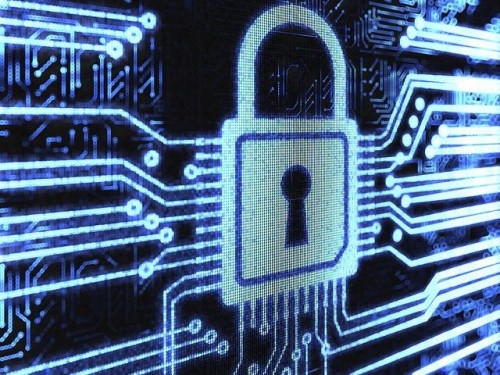Best Online Safety Practices to Safeguard Your Identity
Posted by : Premraj | Posted on : Thursday, December 20, 2018

In 2015, microchips were integrated into debit and credit cards in the United States to make it more difficult to counterfeit cards. But identity thieves are a determined bunch, and though the introduction of the chip resulted in fewer counterfeit cards, cybercriminals developed a new method of identity theft – new account fraud – in which hackers use your personal information to set up a bank or credit account in your name. In 2017, new account fraud tripled and victims lost more than $5 billion.
To be sure this doesn’t happen to you, you must understand how identity thieves work and take the proper precautions to safeguard your identity.
Complicate Your Password
Identity thieves can purchase your email address from third parties and then mine the web for your personal information. By viewing your social media sites and searching for you in public databases, they can develop a list of possible passwords based on the information about you that is available to them. For this reason, you should avoid using passwords derived from your birthday, the birthdays of your children, your phone number, or the street you grew up on. All of this information is available to anyone with internet access.
It’s not just your email address that attackers can buy. You know that data breach you recently heard about? A cybercriminal launched that attack specifically to gain access to your password, or your password is currently being bid on on the dark web. This is why experts recommend that you change passwords frequently, especially if there has been a breach. If a company notifies you about a possible breach, immediately change the password associated with that account as well as the passwords of any accounts that use similar passwords.
Using a password manager is also recommended. We are creatures of habit, but using the same password for multiple accounts makes you an easy target. But since remembering a unique password for each of your accounts is difficult, using a password manager to store your passwords and security questions means you don’t have to. These applications allow you to store all your sensitive password information in a single place that only you can access, so long as the password to your password manager is strong and secure.
Be Cautious In Public & At Home
Though many businesses offer public Wi-Fi as a customer courtesy, using it stringently discouraged. Public Wi-Fi poses a slew of potential risks to your private data, such as the “man in the middle” attack (MITM). A MITM attack can occur when an outside party intercepts communication between two systems, specifically your system and a business’s open Wi-Fi. It allows the uninvited guest to monitor all of your communication as well as copy information on your device. If you absolutely must use public Wi-Fi, be sure to update your firewall and sharing settings beforehand to limit outside access. Better yet, construct a virtual private network. This allows you the privacy offered through a secured private network.
Believe it or not, potential identity thieves will still go old school in collecting your private information. “Dumpster diving” at your place of work or sifting through you home garbage can reveal more than you thought possible. This is why you should shred any documents that contain any identifying data – not just your SSN, but also mail from old addresses, correspondences from your college, and MVD information. In fact, leaving your registration and your garage door opener in your car when away from home can offer thieves the information needed to find your residence and access your home while you are away.
Protect Personal Communication & Information
Whether communicating through text messaging or email, it is recommended that you encrypt your data. It may appear that communications follow a simple A-to-B path after you send a message, but in fact, it moves from your email, to your server, to your recipient’s server, to his or her email. With each of these stops is the threat of interception. For security, use end-to-end encryption. This guarantees that only you and the receiver will be able to read the information.
Additional means of protection would be to use a password lock or fingerprint ID on all your devices to make sure you are the only one able to access them. Boost your security by subscribing to an identity theft protection monitoring program. There are affordable options to get more protection for you and your family, and it is particularly important to have when using social media platforms, online banking, or when shopping online.
All in all, since cyber thieves found creative ways around microchipped cards, it’s up to us to protect ourselves. By choosing your passwords carefully, adding extra caution when at home and in public, and by upping protection of your personal communications and information, you can beat identity thieves at their own game.
 SU
SU REDDIT
REDDIT







